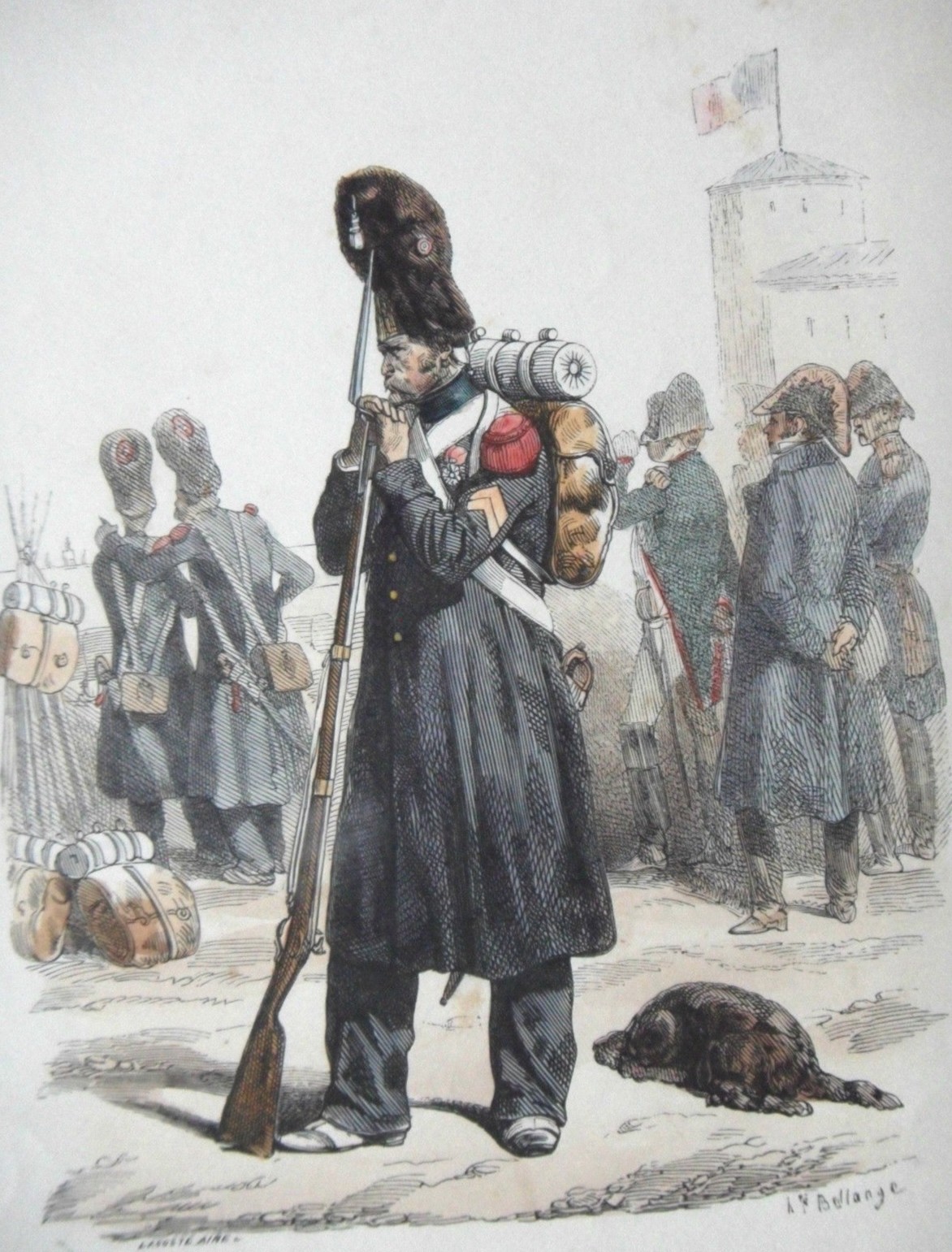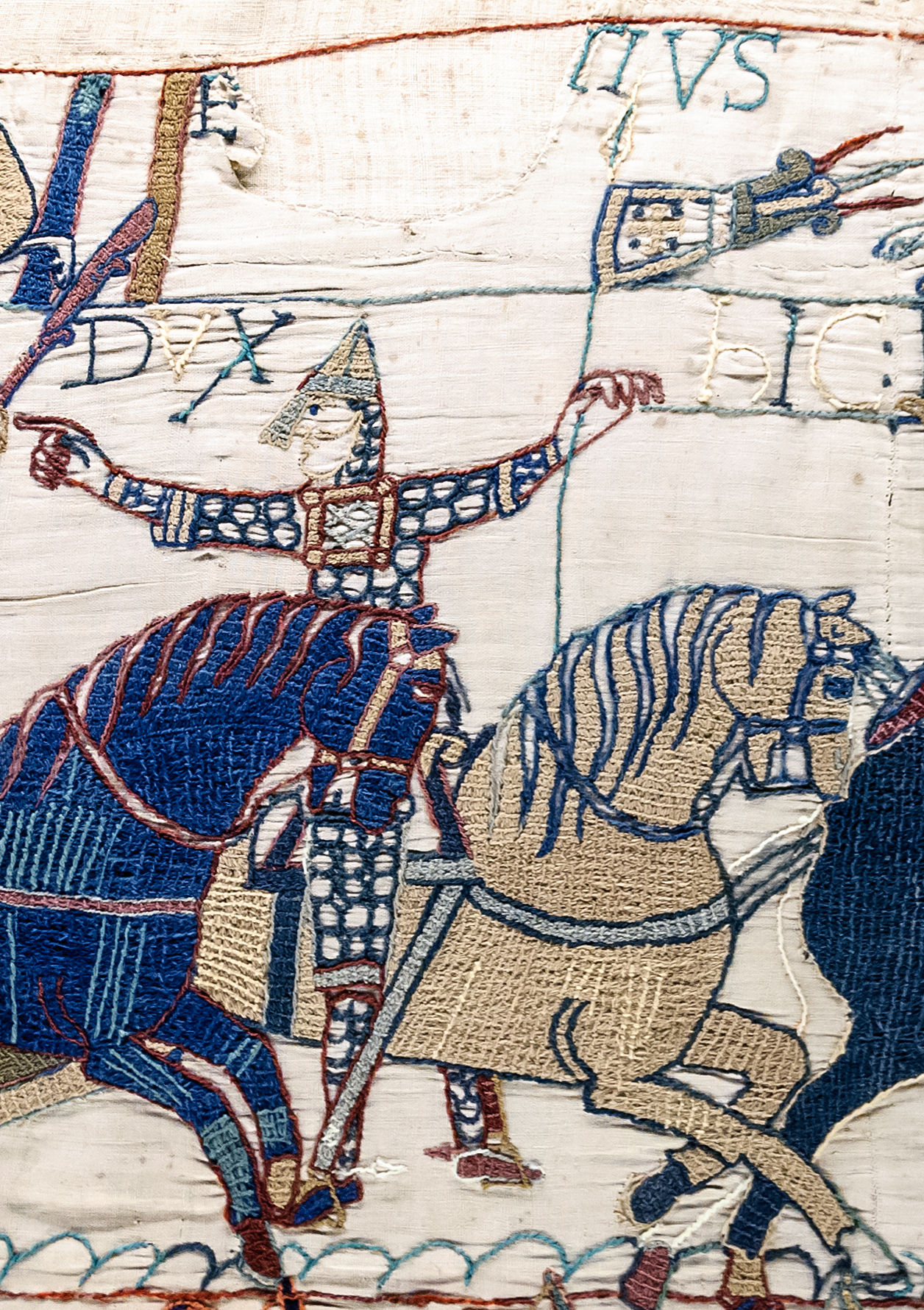|
Sherwal
Sirwal, also sherwal, saroual, seroual, sarouel or serouelSmith, Robin (199''American Civil War Zouaves'', p. 52. Osprey PublishingAt Google Books. Retrieved 23 August 2013. ( (''sirwāl''), also known, in some contexts, as (a subtype of) Harem pants, are a form of trousers. The word is of Persian origin; ''shalwār'' (شلوار) was borrowed into Greek as σαράβαρα ''sarábāra'', "loose trousers worn by Scythians". The words used in Balkan languages came through the Ottoman Turks and did not continue the Ancient Greek designation. They are typically worn in Muslim countries, but also extensively in the Polish Commonwealth, in Mallorca, in the Greek countryside, and other places in the Balkans that were influenced by Ottoman Turks prior to World War I. The trousers are not originally an Arab garment but were introduced from Persia to other Mideastern regions. The sirwal is also worn by communities in North India. The drawstring allows the sirwal to be worn at either ... [...More Info...] [...Related Items...] OR: [Wikipedia] [Google] [Baidu] |
Middle East
The Middle East (term originally coined in English language) is a geopolitical region encompassing the Arabian Peninsula, the Levant, Turkey, Egypt, Iran, and Iraq. The term came into widespread usage by the United Kingdom and western European nations in the early 20th century as a replacement of the term Near East (both were in contrast to the Far East). The term "Middle East" has led to some confusion over its changing definitions. Since the late 20th century, it has been criticized as being too Eurocentrism, Eurocentric. The region includes the vast majority of the territories included in the closely associated definition of West Asia, but without the South Caucasus. It also includes all of Egypt (not just the Sinai Peninsula, Sinai) and all of Turkey (including East Thrace). Most Middle Eastern countries (13 out of 18) are part of the Arab world. The list of Middle Eastern countries by population, most populous countries in the region are Egypt, Turkey, and Iran, whil ... [...More Info...] [...Related Items...] OR: [Wikipedia] [Google] [Baidu] |
Imperial Guard (Napoleon I)
The Imperial Guard ( French: ''Garde Impériale'') was the imperial guard formation of the French Imperial Army. Under the direct command of Napoleon, the formation expanded considerably over time and acted as his personal bodyguard and tactical reserve. The Imperial Guard was divided into a general staff and infantry, cavalry and artillery regiments along with battalions of sappers and marines. It distinguished between experienced veterans and less experienced members by being separated into three formations: the Old Guard, Middle Guard and Young Guard. The Young Guard was virtually annihilated in the Battle of Krasnoi during the French invasion of Russia. History The Guard had its origin in the Consular Guard (''Garde des consuls''), created on 28 November 1799 by the union of the Guard of the Directory (''Garde du Directoire exécutif'') and the Grenadiers of the Legislature (''Grenadiers près de la Représentation nationale''). These formations had for principal p ... [...More Info...] [...Related Items...] OR: [Wikipedia] [Google] [Baidu] |
Napoleon
Napoleon Bonaparte (born Napoleone di Buonaparte; 15 August 1769 – 5 May 1821), later known by his regnal name Napoleon I, was a French general and statesman who rose to prominence during the French Revolution and led Military career of Napoleon, a series of military campaigns across Europe during the French Revolutionary and Napoleonic Wars from 1796 to 1815. He led the French First Republic, French Republic as French Consulate, First Consul from 1799 to 1804, then ruled the First French Empire, French Empire as Emperor of the French from 1804 to 1814, and briefly again in 1815. He was King of Italy, King of Kingdom of Italy (Napoleonic), Italy from 1805 to 1814 and Protector of the Confederation of the Rhine, Protector of the Confederation of the Rhine from 1806 to 1813. Born on the island of Corsica to a family of Italian origin, Napoleon moved to mainland France in 1779 and was commissioned as an officer in the French Royal Army in 1785. He supported the French Rev ... [...More Info...] [...Related Items...] OR: [Wikipedia] [Google] [Baidu] |
Mamelukes Of The Imperial Guard
The Mamelukes of the Imperial Guard () were a light cavalry unit of Egyptian origin that served in Napoleon’s Imperial Guard from 1801 to 1815. It was the third cavalry formation integrated into the Guard and its first foreign component. Initially recruited during the Egyptian campaign, the Mamelukes were repatriated with the French troops to metropolitan France where they were organized into a squadron, later reduced to a simple company. The various spellings of the squadron's name include ''Mamelukes'', ''Mamluks'', ''Mamelouks'' and ''Mameloucks''. During the First French Empire, the Mamelukes were attached to the regiment of mounted chasseurs of the Imperial Guard. Their first major engagement took place during the Battle of Austerlitz, where they contributed to the rout of the cavalry of the Russian Imperial Guard. After distinguishing itself several times in Poland, the company left for Spain in 1808 and took an active part in the suppression of the Dos de Mayo Uprising, ... [...More Info...] [...Related Items...] OR: [Wikipedia] [Google] [Baidu] |
Magic City2, Paris, 1913
Magic or magick most commonly refers to: * Magic (supernatural), beliefs and actions employed to influence supernatural beings and forces ** ''Magick'' (with ''-ck'') can specifically refer to ceremonial magic * Magic (illusion), also known as stage magic, the art of appearing to perform supernatural feats * Magical thinking, the belief that unrelated events are causally connected, particularly as a result of supernatural effects Magic or magick may also refer to: Art and entertainment Film and television * ''Magic'' (1917 film), a silent Hungarian drama * ''Magic'' (1978 film), an American horror film * ''Magic'', a 1983 Taiwanese film starring Wen Chao-yu * Magic (TV channel), a British music television station Literature * Magic in fiction, the genre of fiction that uses supernatural elements as a theme * '' Magic: A Fantastic Comedy'', a 1913 play by G. K. Chesterton * ''Magic'' (short story collection), a 1996 short story collection by Isaac Asimov * ''Magic'' ... [...More Info...] [...Related Items...] OR: [Wikipedia] [Google] [Baidu] |
Saudi People
Saudis (; local dialects: , suʿūdiyyīn) or Saudi Arabians are the citizen population of the Kingdom of Saudi Arabia, who speak the Arabic language, a Central Semitic language, and share a common ancestry, history, and culture. They are mainly composed of Arabs and live in the five historical Regions: Najd, Hejaz, Asir, Tihamah and Al-Ahsa; the regions which the Kingdom of Saudi Arabia was founded on or what was formerly known as the Kingdom of Hejaz and Nejd in the Arabian Peninsula. Saudis speak one of the dialects of Peninsular Arabic, including the Hejazi, Najdi, Gulf and Southern Arabic dialects (which includes Bareqi), as a mother tongue. Culture The cultural setting of Saudi Arabia is Arab and Islam, and is often religious, conservative, traditional, and family oriented. Alcoholic beverages are prohibited, for example, however things are slowly changing now. Daily life is dominated by Islamic observance and ruling. Regardless of whether the inhabitants of that cit ... [...More Info...] [...Related Items...] OR: [Wikipedia] [Google] [Baidu] |
Embroidery
Embroidery is the art of decorating Textile, fabric or other materials using a Sewing needle, needle to stitch Yarn, thread or yarn. It is one of the oldest forms of Textile arts, textile art, with origins dating back thousands of years across various cultures. Common Embroidery stitch, stitches found in early embroidery include the chain stitch, Buttonhole stitch, buttonhole or blanket stitch, running stitch, satin stitch, and cross stitch. Modern embroidery continutes to utilize traditional techniques, though many contemporary stitches are exclusive to machine embroidery. Embroidery is commonly used to embellish accessories and garments is usually seen on quilts, clothing, and accessories. In addition to thread, embroidery may incorporate materials such as Pearl, pearls, Bead, beads, Quill, quills, and Sequin, sequins to highlight texture and design. Today, embroidery serves both decorative and functional purposes and is utilized in fashion expression, cultural identity, and ... [...More Info...] [...Related Items...] OR: [Wikipedia] [Google] [Baidu] |
Polyester
Polyester is a category of polymers that contain one or two ester linkages in every repeat unit of their main chain. As a specific material, it most commonly refers to a type called polyethylene terephthalate (PET). Polyesters include some naturally occurring chemicals, such as those found in plants and insects. Natural polyesters and a few synthetic ones are biodegradable, but most synthetic polyesters are not. Synthetic polyesters are used extensively in clothing. Polyester fibers are sometimes spun together with natural fibers to produce a cloth with blended properties. Cotton-polyester blends can be strong, wrinkle- and tear-resistant, and reduce shrinking. Synthetic fibers using polyester have high water, wind, and environmental resistance compared to plant-derived fibers. They are less Fireproofing, fire-resistant and can melt when ignited. Liquid crystalline polyesters are among the first industrially used liquid crystal polymers. They are used for their mechanical propert ... [...More Info...] [...Related Items...] OR: [Wikipedia] [Google] [Baidu] |
Linen
Linen () is a textile made from the fibers of the flax plant. Linen is very strong and absorbent, and it dries faster than cotton. Because of these properties, linen is comfortable to wear in hot weather and is valued for use in garments. Linen textiles can be made from flax plant fiber, yarn, as well as woven and knitted. Linen also has other distinctive characteristics, such as its tendency to wrinkle. It takes significantly longer to harvest than a material like cotton, although both are natural fibers. It is also more difficult to weave than cotton. Linen textiles appear to be some of the oldest in the world; their history goes back many thousands of years. Dyed flax fibers found in a cave in the Caucasus (present-day Georgia (country), Georgia) suggest the use of woven linen fabrics from wild flax may date back over 30,000 years. Linen was used in ancient civilizations including Mesopotamia and ancient Egypt, and linen is mentioned in the Bible. In the 18th century and be ... [...More Info...] [...Related Items...] OR: [Wikipedia] [Google] [Baidu] |
Cotton
Cotton (), first recorded in ancient India, is a soft, fluffy staple fiber that grows in a boll, or protective case, around the seeds of the cotton plants of the genus '' Gossypium'' in the mallow family Malvaceae. The fiber is almost pure cellulose, and can contain minor percentages of waxes, fats, pectins, and water. Under natural conditions, the cotton bolls will increase the dispersal of the seeds. The plant is a shrub native to tropical and subtropical regions around the world, including the Americas, Africa, Egypt and India. The greatest diversity of wild cotton species is found in Mexico, followed by Australia and Africa. Cotton was independently domesticated in the Old and New Worlds. The fiber is most often spun into yarn or thread and used to make a soft, breathable, and durable textile. The use of cotton for fabric is known to date to prehistoric times; fragments of cotton fabric dated to the fifth millennium BC have been found in the Indus Valley civilizat ... [...More Info...] [...Related Items...] OR: [Wikipedia] [Google] [Baidu] |






